Advanced Search

This painting by Benjamin West portrays William Hamilton and his daughter Ann Hamilton Lyle. William Hamilton, grandson of Andrew Hamilton, combined properties inherited from his father and uncle to form a sprawling estate in Blockley Township. He built The Woodlands mansion and laid the foundation for the creation of Hamiltonville.
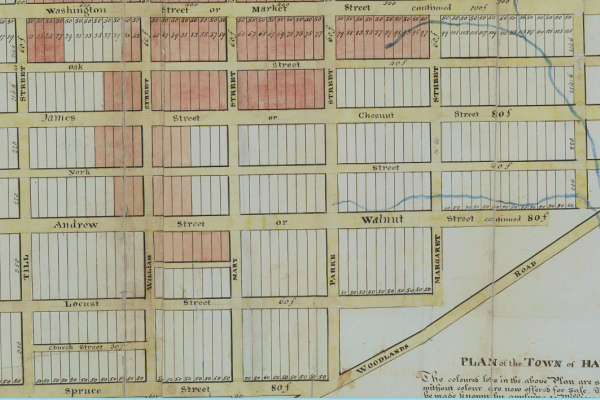
The plan for Hamiltonville was registered by William Strickland, William Hamilton, Esq.’s agent. The town was in Blockley Township northwest of Woodland Ave. and Spruce St. The lots covered in red had already been sold.
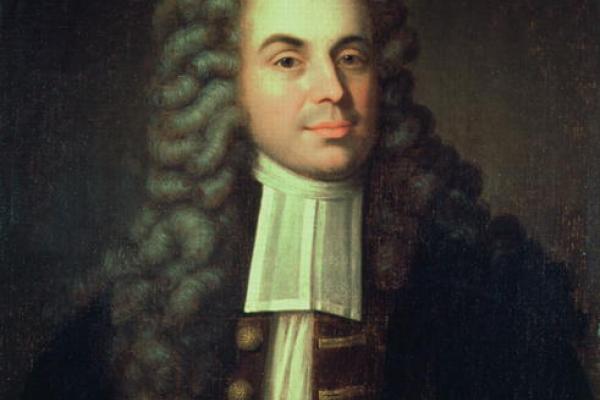
Andrew Hamilton was a Scottish lawyer in Colonial America, famous for his defense of the New York printer John Peter Zenger in Zenger’s landmark “free speech” case. Hamilton was a major investor in Pennsylvania land, including 300 acres on the west bank of the Schuylkill River in Blockley Township, which he purchased in 1735. His grandson William would build the mansion known as The Woodlands.
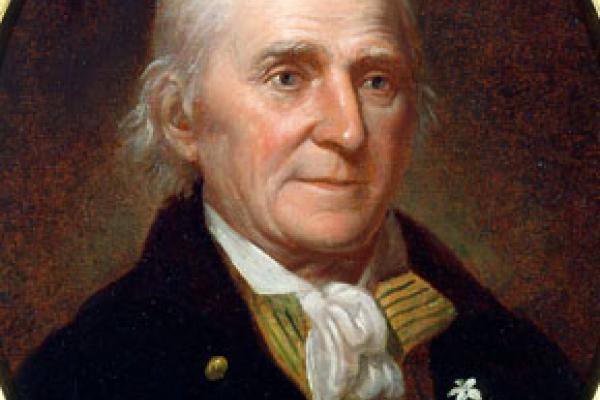
William Bartram, son of John Bartram, was a famous and respected botanist in his own right for the colorful documentation of his travels in the southern colonies in the mid-1770s. A published version of Bartram’s journals with his drawings of indigenous plants and flowers drew acclaim as an "American natural history classic."
This 1816 map excerpt shows the village of Hamilton situated in Blockley Township, a political division that dated at the latest to 1705.
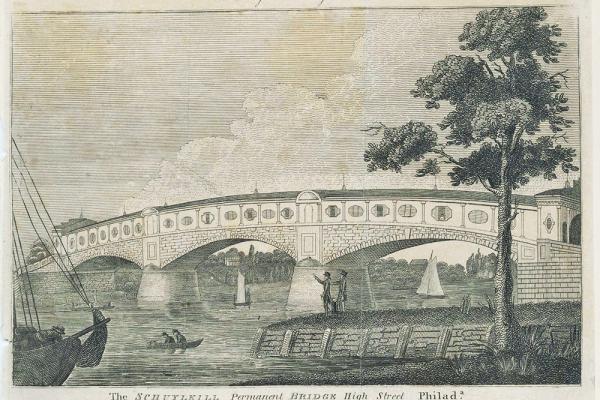
Completed in 1805, the Schuylkill Permanent Bridge was the first covered bridge in America. Built to replace a pontoon bridge at High Street (now Market) this new bridge was covered to protect it from the weather and thus extend its life. Designed by notable bridge architect Timothy Palmer, with woodwork and ornamentation by Owen Biddle, the bridge became a famous Philadelphia landmark. Widened in 1850 to accommodate a railroad connection with the Columbia and Pennsylvania Railroads, it was destroyed by fire in 1875.
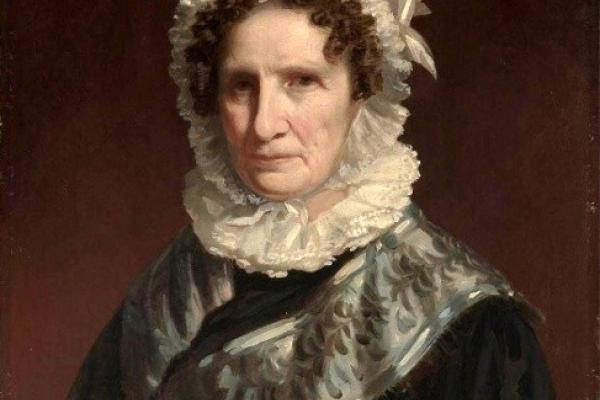
This painting from the 1820s portrays the indominable Elizabeth Willing Powel late in her life.
Looking northeast toward the Upper Ferry bridge designed by William Wernwag. The Fairmount Water Works (right) appears beyond the bridge on the Philadelphia side of the Schuylkill and West Philadelphia is shown rising in the far background (left).
Another visualization of the shaky pontoon bridge at Gray’s Ferry, this image from 1830.
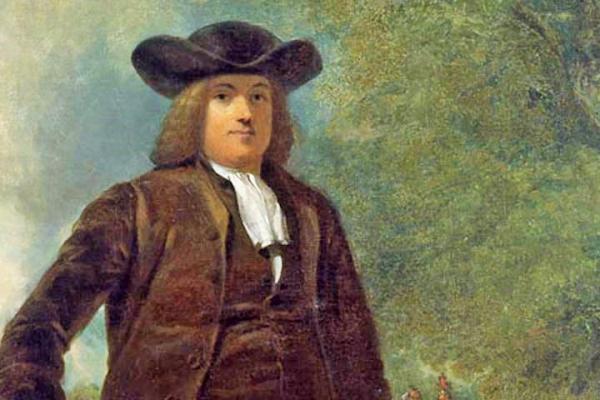
William Penn distributed lands granted to him as the proprietary colony of Pennsylvania by King Charles II. The English home town of one of Penn’s prominent grantees, William Warner, is recalled in the name “Blockley,” which, in the 19th century, was assigned to the township that would become West Philadelphia.
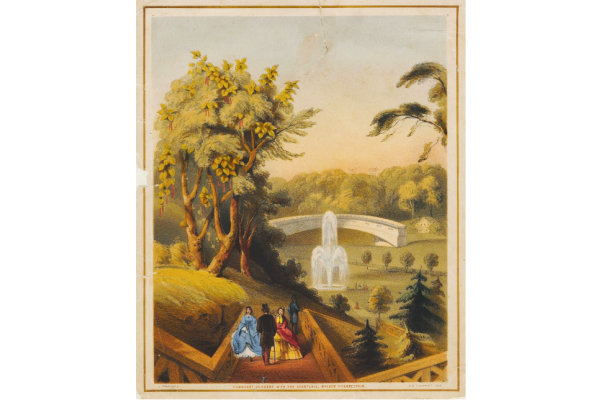
This idyllic painting appeared three years before William Wernwag’s “Upper Ferry” bridge at Spring Garden was destroyed by fire. The painting evokes a pastoral setting. The artist draws the viewer’s eye southwest from the promenade of the Fairmount Water Works toward Wernwag’s bridge (the Lancaster Schuylkill Bridge) and West Philadelphia on the far bank.
The wooden Wernwag Bridge at Spring Garden Street, opened in 1812 as the longest single-span bridge in the world, hailed as the “Colossus Bridge.”